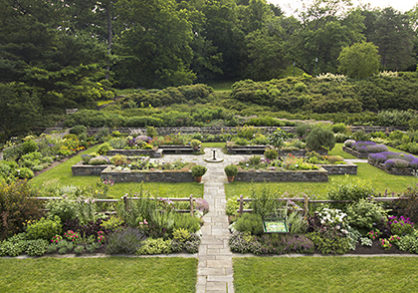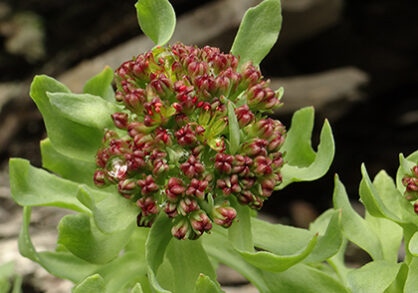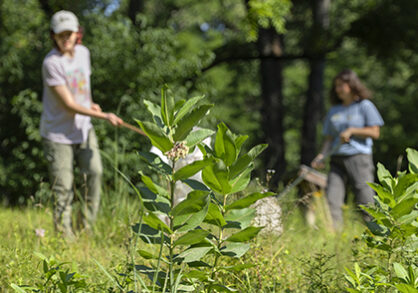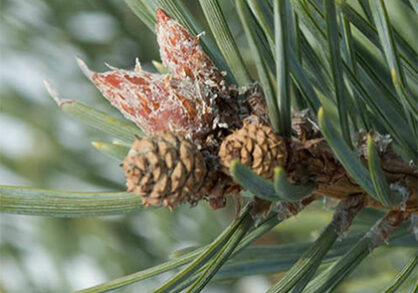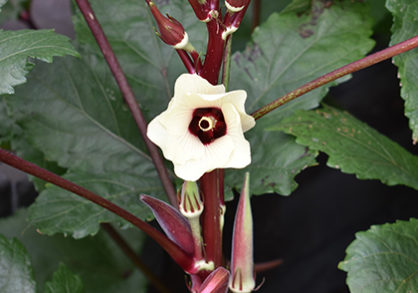CONNECTING PLANTS AND PEOPLES FOR A WORLD OF DIVERSITY, BEAUTY, AND HOPE.
FEATURED
The beauty of May and June are highlighted in CNY Magazine
CNY Magazine—May/June 2024
Cornell Botanic Gardens gets a large share of this feature on regional botanic gardens.
Rare blooms find shelter in Cascadilla Gorge
Cornell Botanic Gardens has successfully established a population of the federally threatened plant Leedy’s roseroot in the walls of Cascadilla Gorge.
All about our Native Lawn
A lawn sown with native grasses does a world of good. Learn why and how to create one.
UPCOMING EVENTS
Spring into the Gardens! at Brian C. Nevin Welcome Center
Come to the Botanic Gardens and celebrate spring and National Public Gardens Day with nature-inspired activities, a scavenger hunt, a limited plant sale (first come, first...
Rhododendron Ramble at Brian C. Nevin Welcome Center
Join us for a stroll through the Botanic Gardens' picturesque Bowers Rhododendron Collection, located behind the Nevin Welcome Center on Comstock Knoll. The Knoll is ablaze...
Indigo Print Making at Brian C. Nevin Welcome Center
Join Sarah Gotowka of Luna Fiber Studio for a hands-on learning experience of the indigo plant, in conjunction with the ongoing exhibition Seeds of Survival and Celebration:...
Land Acknowledgement
Cornell University is located on the traditional homelands of the Gayogo̱hó꞉nǫ' (the Cayuga Nation), members of the Haudenosaunee Confederacy.
Our Diversity, Equity, and Inclusion Efforts
Cornell Botanic Gardens embraces and actively works to increase diversity among all the communities with which we engage.
Seeds of Survival and Celebration: Plants and the Black Experience
This garden display and exhibit shares the knowledge, skill, and resilience of enslaved Africans, their descendants, and today’s Black community and their deep connections to plants and the cuisines they inspired.
Our Gardens and Natural Areas
We are responsible for the natural beauty of the Cornell University campus including cultivated gardens, an arboretum, and natural areas. Together these comprise one-third of campus, and with off-campus natural areas, a total of 3,600 acres.
WHAT TO SEE IN SPRING!
Spring in upstate NY starts with the the bright blooms of witch hazels, early spring flower bulbs and continues with our native wildflowers.
